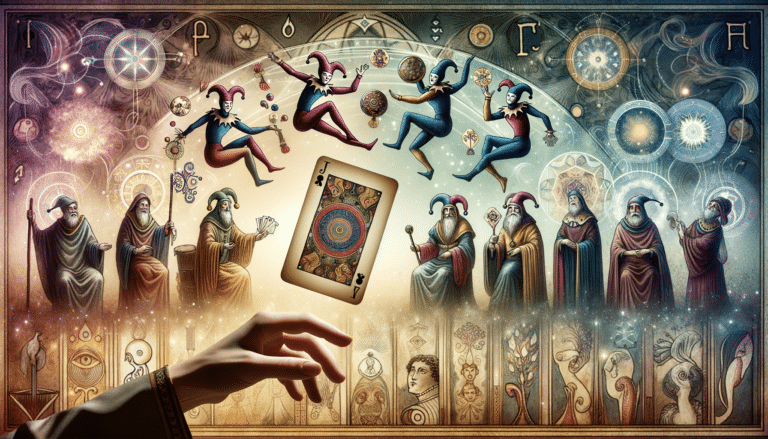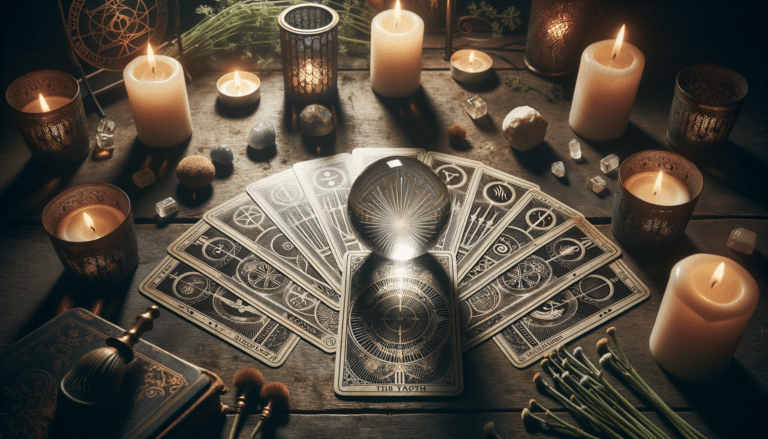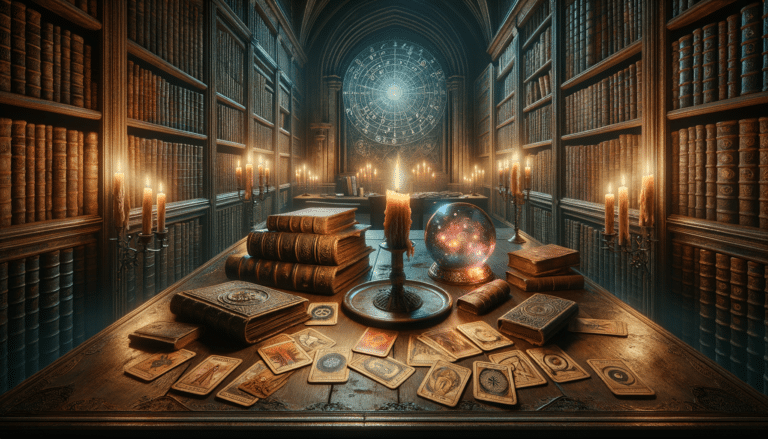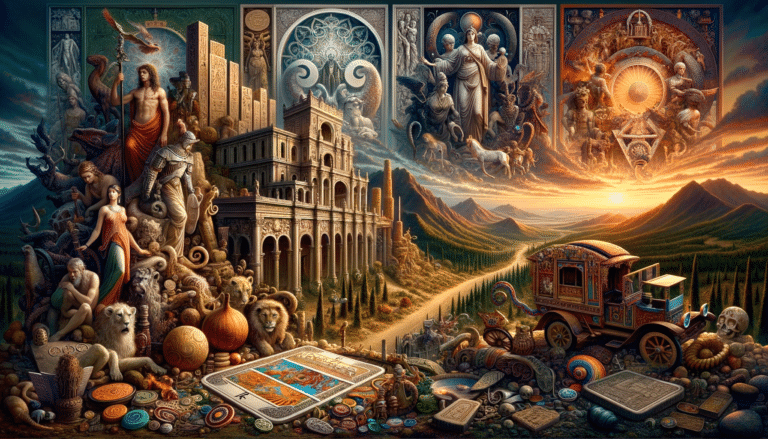The Secret History of Tarot Deck Origins
You’re embarking on a journey to gently unravel the enigmatic past of the tarot deck, a quest that delves into a rich tapestry of history and symbolism.
Tracing its European roots, you’ll discover how these cards transitioned from a playful pastime into a tool for divination.
You’ll decode the layers of iconography embedded within the cards, each brimming with meaning and nuance.
As you explore the influential tarot decks that have punctuated history, you’ll appreciate the mystical connections to the Renaissance and understand the resurgence of interest in modern adaptations.
Prepare to peel back the layers of time and uncover the secret history of tarot decks that have captivated seekers for centuries.
Key Takeaways
- The tarot deck originated from Mamluk cards in Islamic societies and was later brought to Europe by European travelers and Crusaders.
- Tarot began as a card game among nobility but transitioned to divination in the 18th and 19th centuries, becoming associated with the esoteric world.
- Tarot reading developed into a structured practice with each card holding significance for divination and reflecting human experiences or spiritual truths.
- The symbolism and iconography in tarot cards, including colors, numbers, and direction, offer keys to understanding their deeper meanings and can be interpreted from historical, cultural, and psychological perspectives.
Ancient Roots of Tarot

Exploring the tarot deck’s ancient roots, you’ll discover its enigmatic past intertwined with medieval European history. The journey starts with the Mamluk cards, which emerged in the Islamic societies of the 12th and 13th centuries. These cards weren’t simply for play; they bore intricate designs and were likely used for educational purposes, conveying social and moral guidance through their symbols.
As you delve deeper, you’ll encounter the Sufi influences that permeate the tarot’s lineage. Sufism, with its rich traditions of mysticism, left its mark on the symbolism of the cards. The Sufi quest for inner wisdom and the exploration of the soul’s journey were concepts that found their way into the tarot’s iconography, making the deck not just a tool for entertainment but a means for spiritual contemplation.
The transition of tarot into Europe is a tale of cultural exchange. European travelers, merchants, and Crusaders returning from the East brought with them these Mamluk cards. Over time, these cards evolved, adopting European courtly figures and iconography while retaining their mystical essence. You’re not just holding a set of cards; you’re grasping centuries of history, art, and spiritual exploration.
Tracing Tarot’s European Journey
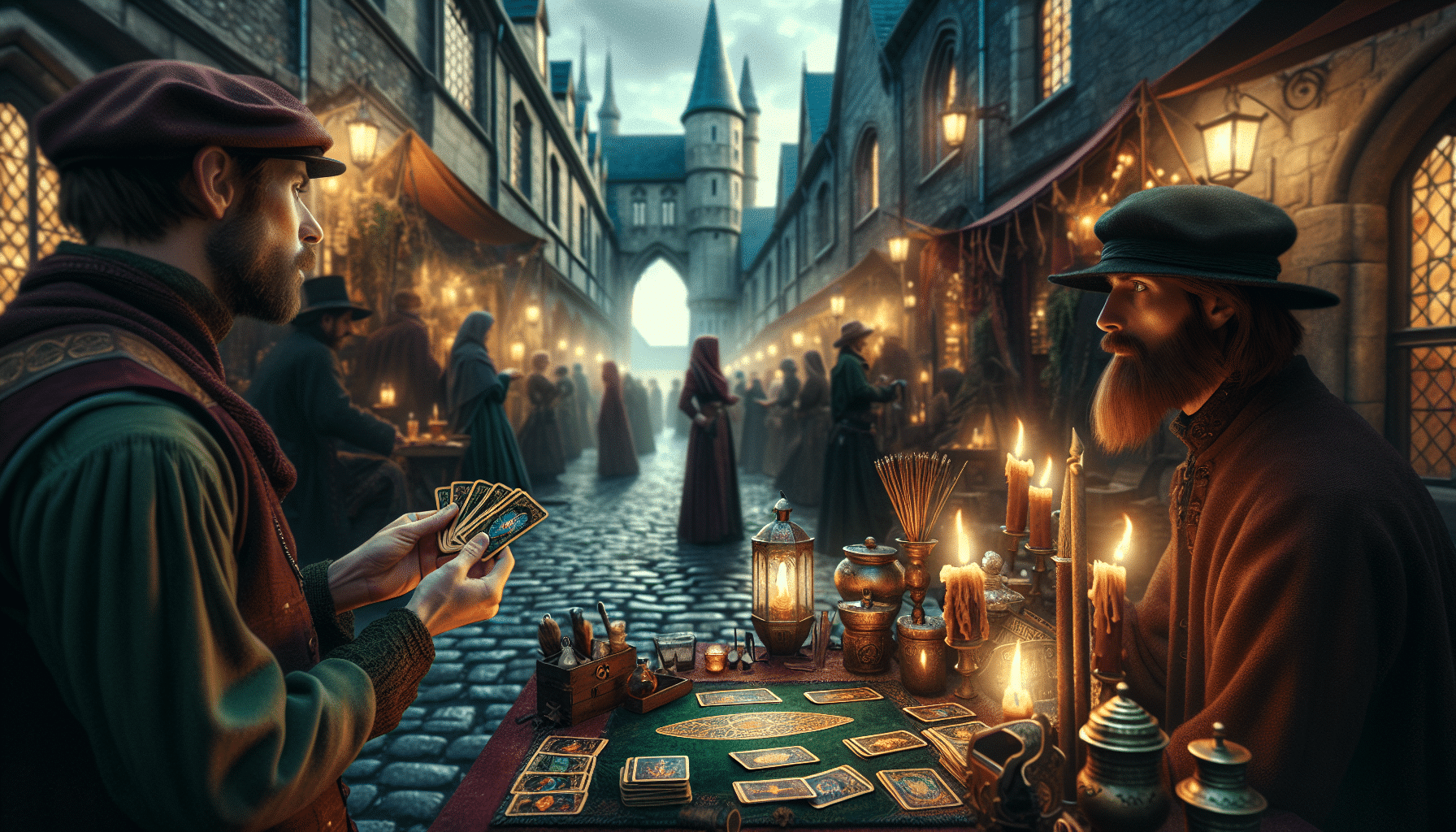
As you trace the tarot’s European journey, you’ll find that every deck embodies a unique piece of the continent’s diverse cultural tapestry. The tarot’s path isn’t just a tale of esoteric mysticism but also one of practical use in medieval gambling and evolving artistry in card design.
To keep you engaged, here’s a concise list unveiling the tarots’ intriguing trek across Europe:
-
The Birth of Tarot: Tarot cards first emerged in the 15th century in Italy with the Italian suits – cups, swords, coins, and batons – serving as precursors to today’s hearts, spades, diamonds, and clubs.
-
A Game for the Elite: Initially, these cards were hand-painted and used by the aristocracy for games. It wasn’t until later that they were associated with the mystical and occult.
-
Mass Production: The invention of the printing press allowed for mass production of tarot cards, making them accessible to a wider audience beyond the aristocracy.
-
Cultural Exchange: As tarot spread across Europe, each region infused the cards with its own iconography and symbolism, reflecting the continent’s rich cultural diversity.
This journey of transformation from exclusive items to widespread tools for divination and entertainment shows how deeply tarot is woven into Europe’s historical fabric.
Check out our Tarot Decks here…
Tarot’s Transition From Game to Divination

You’ve seen how tarot cards started as a game, but let’s explore how they shifted to become tools of guidance.
As you’ll learn, the emergence of divination practices played a crucial role in this transformation.
We’ll also examine how the occult’s adoption of tarot impacted its use and interpretation.
Game to Guidance Shift
Delving into tarot’s history, you’ll find its transformation from a simple parlor game to a tool for divination both fascinating and complex. The card evolution and divination shift didn’t happen overnight. Here are key moments that marked this transition:
-
Renaissance Italy: Tarot begins as a card game among nobility.
-
18th Century: Occultists in Europe start interpreting the symbols for mystical insights.
-
19th Century Surge: Tarot’s association with the esoteric world strengthens, leading to widespread divinatory use.
-
Modern Adaptation: Tarot becomes a spiritual guide, reflecting personal journeys and offering insights.
You’ve witnessed how tarot has shifted from entertainment to enlightenment, a metamorphosis that resonates with seekers of wisdom throughout the centuries.
Divination Practices Emergence
By the 18th century, you’ll notice tarot’s purpose shifting, as symbols on the cards begin to hold significance for divination beyond their original game use. This period sees tarot intertwining with other forms of soothsaying, like crystal gazing and astrological practices. People started seeing the images as more than just artistic representations; they became archetypes and symbols ripe for interpretation.
As you delve deeper, you find tarot reading developing into a structured practice where each card corresponds to a particular human experience or spiritual truth. This is when the cards step into the limelight of divination, used to seek guidance or reflect on life’s complexities. It’s a stark contrast from their playful origins, signifying a profound evolution in their application and meaning.
Occult Adoption Impact
As you explore the tarot’s history, you’ll find its adoption by occult circles in the 18th century pivotal to its transformation from a parlour game to a tool of divination. The esoteric interpretations applied to the imagery on the cards infused them with deeper, more mystical meanings.
Here are four key points to consider:
-
Occultists like Antoine Court de Gébelin asserted tarot cards held ancient wisdom, linking them to Egyptian lore.
-
The Hermetic Order of the Golden Dawn further developed the tarot’s mystical associations, integrating Kabbalistic elements.
-
Tarot readings became a form of accessing the subconscious, reflecting contemporary spiritual quests.
-
Despite historical roots, contemporary skepticism challenges the legitimacy of tarot, viewing it as a pseudoscience rather than a reliable divinatory practice.
Learn more with these best tarot books here…
Iconography and Symbolism Explained
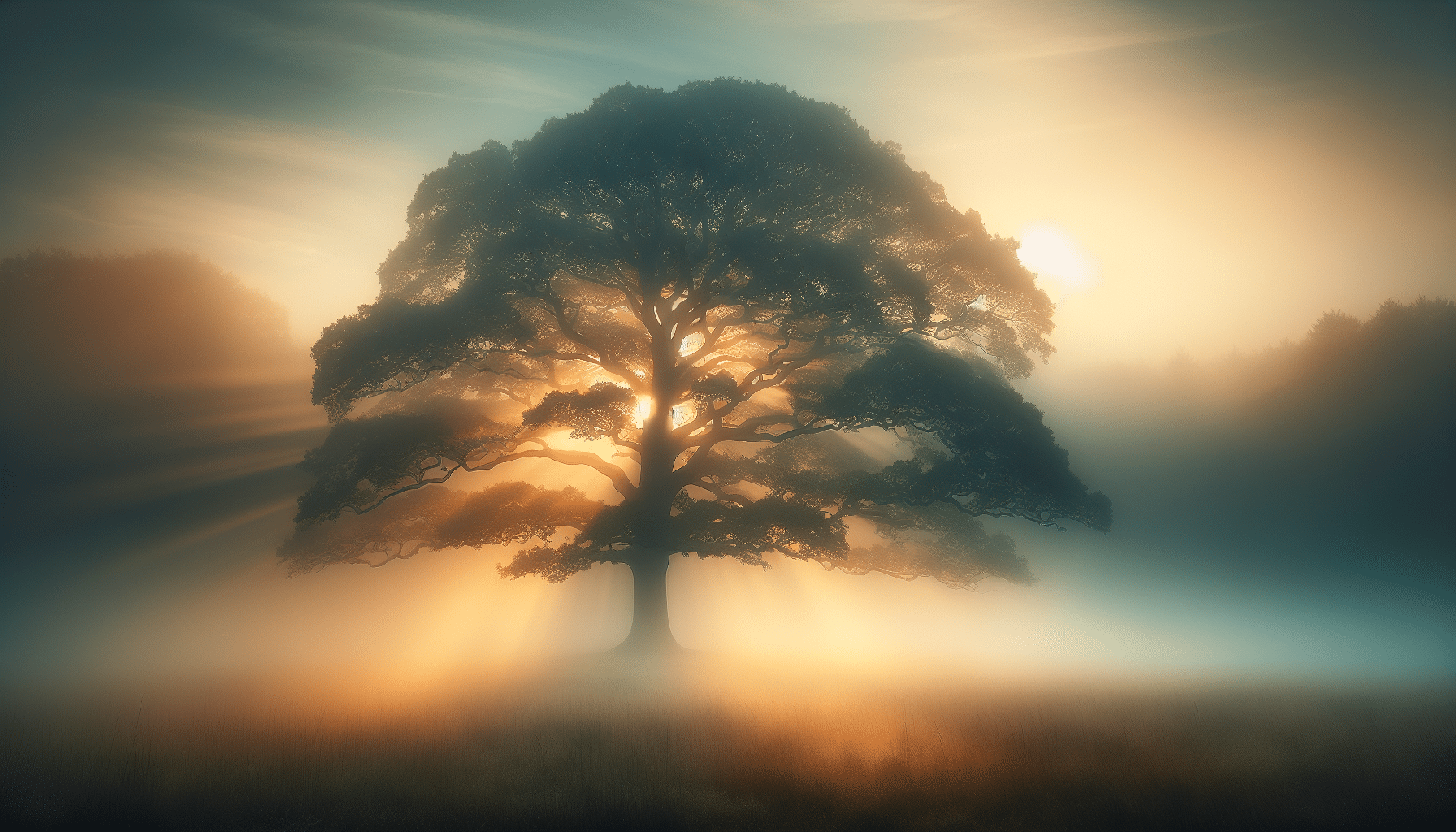
Within the rich tapestry of the Tarot deck, you’ll find each card steeped in symbolism that offers keys to understanding its deeper meanings. Tarot archetypes serve as the foundational elements, with each figure embodying a specific set of ideas and principles. For example, The Fool symbolizes beginnings and innocence, while The Magician represents manifestation and resourcefulness.
Symbolic interpretations aren’t arbitrary; they’re woven from historical, cultural, and psychological threads. Colors, numbers, and even the direction a character faces hold significance. Red might indicate passion or courage, whereas water typically symbolizes intuition and the unconscious. Numbers add another layer, with one standing for unity and new starts, and ten indicating completion or culmination.
The Major Arcana cards, such as The Empress or The Hermit, reflect life’s significant lessons and milestones, while the Minor Arcana cards focus on day-to-day events. Cups, Swords, Pentacles, and Wands, the four suits of the Minor Arcana, correspond to emotions, intellect, material aspects, and creativity, respectively.
You’re not just learning a system of divination; you’re engaging with a complex language of the subconscious. By familiarizing yourself with these symbols, you’ll start to unlock the Tarot’s profound insights into human experience.
Learn even more secrets of history of tarot cards here…
Influential Tarot Decks in History
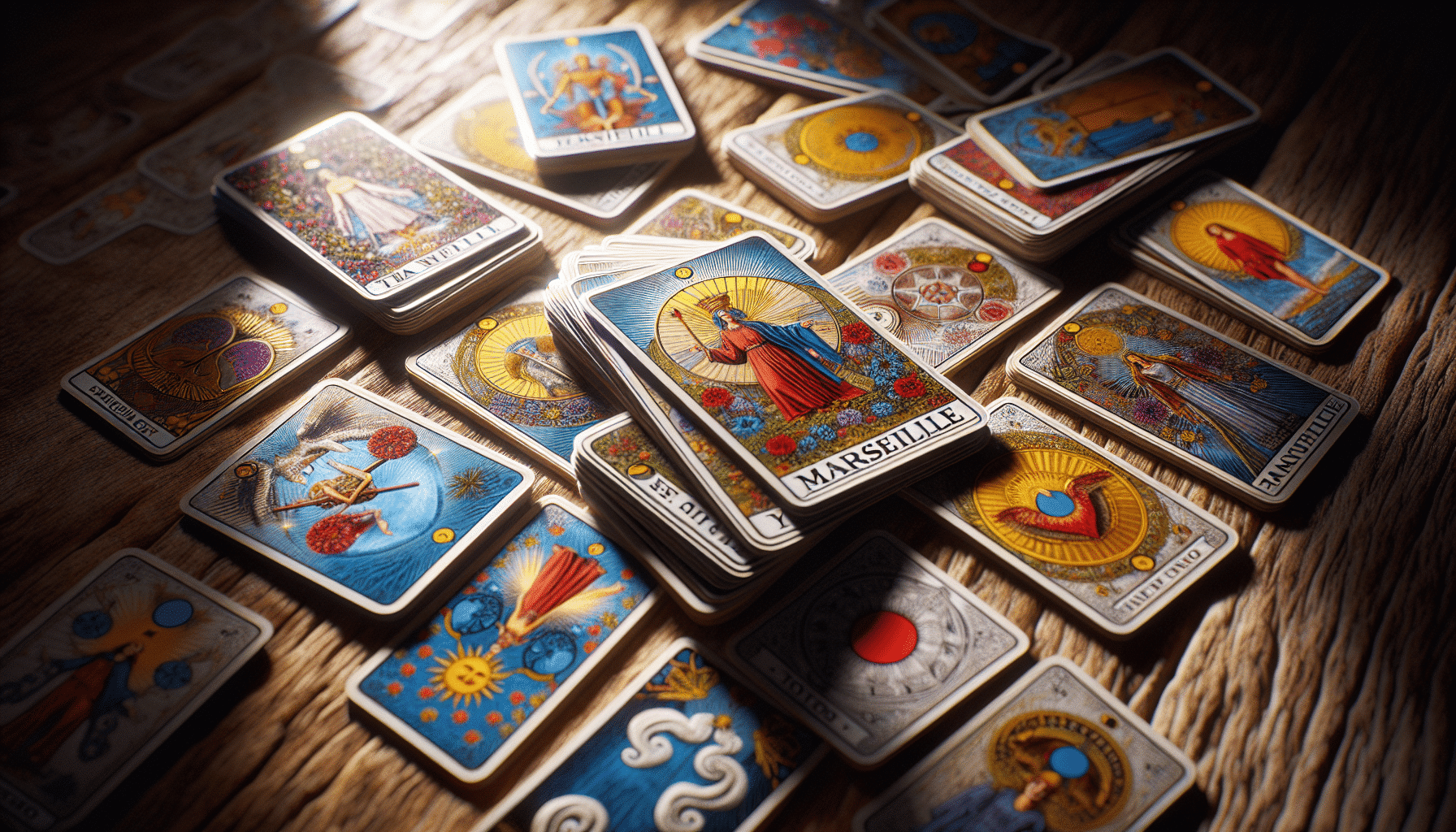
You’ll discover that the evolution of the Tarot has been shaped by several pivotal decks, each marking a significant moment in the history of these enigmatic cards. To deepen your understanding, let’s dive into four of these influential Tarot decks:
-
The Visconti-Sforza Tarot: Commissioned in the 15th century by an Italian noble family, this is one of the earliest recorded Tarot decks. It’s a prized Tarot collectible, with its hand-painted cards showcasing the luxurious lifestyle of the Milanese court.
-
The Marseille Tarot: Originating in the 17th century, this French deck standardized many of the symbolic images found in earlier decks, influencing cultural depictions of the Tarot that persist to this day.
-
The Rider-Waite Tarot: Created in the early 20th century, this deck introduced detailed pictorial images on all the cards, revolutionizing Tarot readings by making the symbolic meanings more accessible to the general public.
-
The Thoth Tarot: Designed by Aleister Crowley and painted by Lady Frieda Harris, this mid-20th-century deck incorporates astrology and kabbalistic symbolism, offering a complex and nuanced tool for divination.
These decks haven’t only shaped the Tarot’s development but have also become iconic cultural depictions and sought-after collectibles for enthusiasts around the globe.
Renaissance Mysticism and Tarot

Delve into the world of Renaissance mysticism, where the Tarot’s symbolic tapestry was woven into the fabric of esoteric traditions and philosophical thought. As you explore the origins of the Tarot, you’ll find that Renaissance art and the teachings of mystic philosophers heavily influenced the deck’s development.
Renaissance artists often imbued their works with mystical symbols, many of which you’ll recognize in Tarot imagery. Mystic philosophers of the time also contemplated the nature of the divine, the cosmos, and human existence, ideas that are echoed in the themes and archetypes of the Tarot.
To help you grasp the intertwined relationship between Tarot, Renaissance art, and mystic philosophy, here’s a table that sheds light on this connection:
| Renaissance Art Influence | Mystic Philosophers’ Contribution |
|---|---|
| Symbolic Iconography | Exploration of the Divine |
| Emphasis on Individualism | Understanding of Archetypes |
| Allegorical Representations | Insights into the Human Psyche |
| Use of Mythological Themes | Connection to the Cosmos |
This table highlights how the Tarot is not just a set of cards but a reflection of a transformative era in human thought and artistic expression. As you hold a Tarot deck, you’re holding a piece of Renaissance legacy, steeped in the quest for knowledge and the mystical journey of the soul.
Modern Tarot Revival and Adaptations

As you move through the timeline of Tarot’s history, the modern revival and various adaptations of the deck mark a significant chapter in its enduring legacy. This resurgence isn’t just about divination anymore; it’s a celebration of Tarot artistry and a reflection of contemporary collecting trends. People around the world are connecting with Tarot on a deeply personal level, using the cards for self-reflection, artistic inspiration, and even as a medium for social commentary.
Here’s how Tarot has transformed in recent times:
-
Diverse Artistic Expression: Tarot decks now feature a wide array of artistic styles, from the traditional to the avant-garde, attracting art lovers and collectors alike.
-
Cultural Inclusion: Modern decks embrace cultural diversity, incorporating symbols and figures from a multitude of backgrounds and traditions.
-
Thematic Variations: You’ll find decks centered around various themes – mythology, animals, fantasy, and even pop culture – making Tarot accessible to new audiences.
-
Digital Frontier: The digital age has ushered in apps and online readings, broadening Tarot’s reach and allowing enthusiasts to engage with the cards in innovative ways.
Tarot’s evolution is a testament to its versatility and its capacity to resonate across different eras and societies. Whether you’re a seasoned reader or a curious newcomer, there’s a place for everyone in the Tarot community.
Conclusion
As you shuffle the deck, remember the tarot’s shrouded past. Every card you lay down echoes a journey through time, from medieval courts to mystical rites.
The symbols, a language of the subconscious, whisper secrets yet untold. And as you peer into the patterns, know that the tarot’s story is still unfolding, its mysteries beckoning.
Will you be the one to finally unravel the enigma of its origins? The cards await your next move.
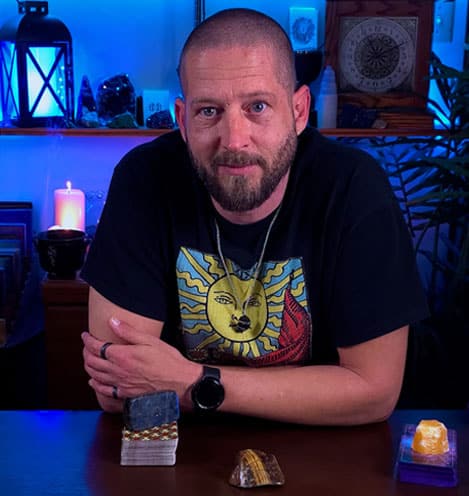
About The Author – Allen Hill
Allen Hill, the force behind Unknown Truth Tarot, has a YouTube following 6-times bigger than the population of his hometown, Miamisburg, Ohio. From his spiritually rich blog on Tarot and crystals to his role as CEO of The Unknown Truth Tarot Metaphysical Shop, Allen’s passion for the metaphysical shines through.
A master Tarot reader and “crystal junkie,” Allen is also a devoted dad to Dylan, 10, and Destiny, 24. When he’s not immersed in the world of Tarot and crystals, he enjoys poker and video gaming sessions, often humorously outplayed by Dylan.
Follow Allen on Twitter, Instagram, Facebook, TikTok, and subscribe to his Unknown Truth Tarot YouTube channel to join him on a journey of spiritual growth and self-discovery.



